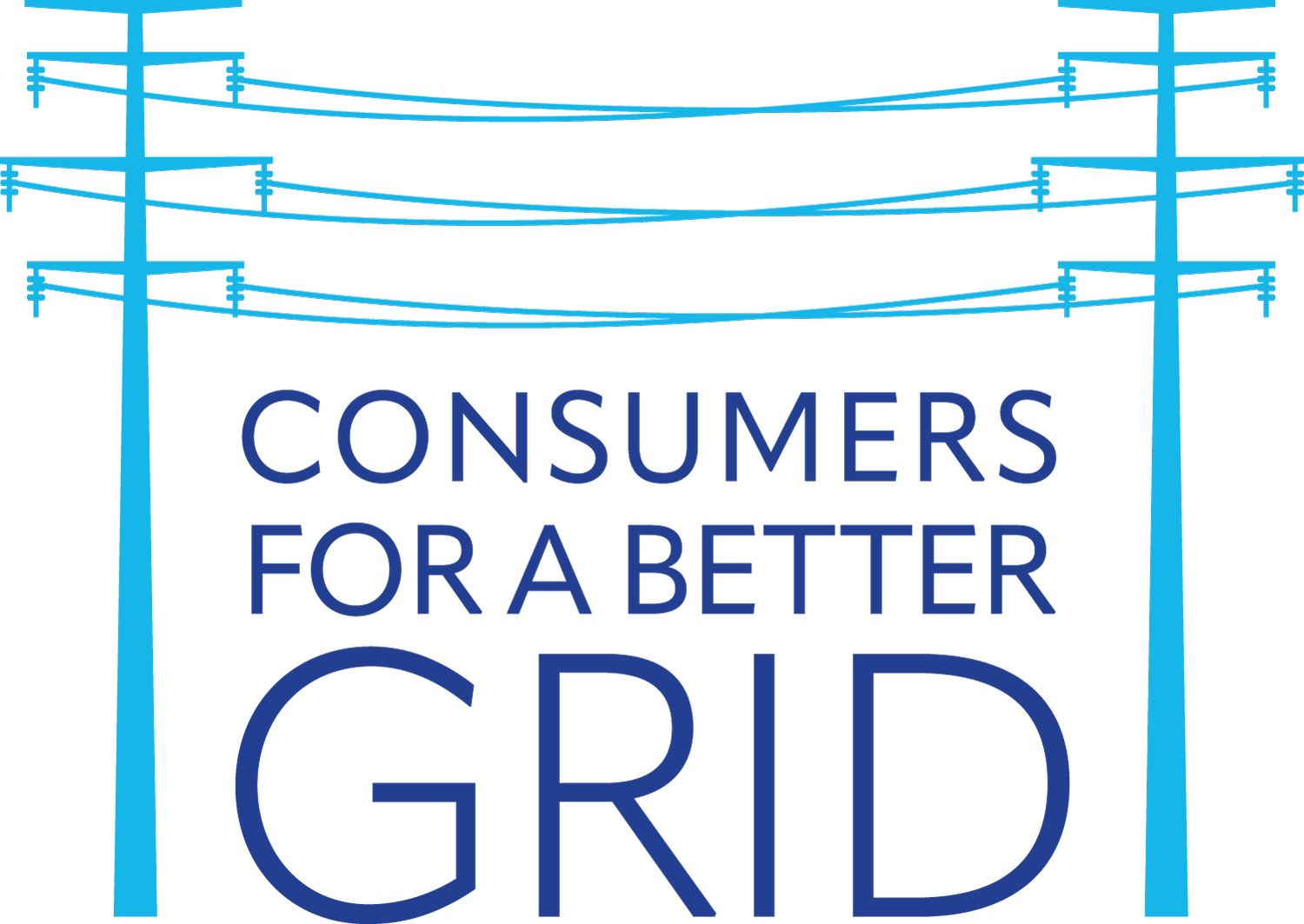Containing Consumer Costs
What's it all about? Decisions made at PJM impact your electricity bill. We are constantly pushing PJM to reform its rules to make them more consumer-friendly.
1. The broken capacity market: PJM’s flawed way of securing and pricing reserve power (capacity) often leads to higher bills for electricity customers. Consumer advocates have sought reforms to bad market rules to make sure that all the electric resources available to us are reflected in pricing. In addition to reforming bad market rules, we also need to speed up the interconnection queue–PJM’s has one of the nation’s longest waitlists for new electric resources seeking to get connected to the grid. Unfortunately, there are more renewable resources waiting in line than all of the resources currently powering PJM’s vast 13-state region. The capacity market can’t work if new resources can’t enter the market to lower prices. Plus, given the rise of data centers, we need to improve “load forecasts”--the estimate of how much electricity PJM will need in the future. Too often, these forecasts are inaccurate–they include data centers that may never get built and, therefore, needlessly drive up capacity prices for consumers.
2. The demise of energy efficiency in the capacity market: In 2024, PJM formally eliminated the use of energy efficiency as a way to bring down capacity prices. We had long argued that the way PJM accounted for efficiency was flawed and anti-consumer–but that was a reason to reform market rules on efficiency, not eliminate efficiency altogether! While we work for reforms, we want to stress: Efficiency is still a way for consumers to lower their energy costs at home (read our tips). The cheapest, cleanest kilowatt-hour is still the one you never use, even if PJM doesn’t use it to lower capacity costs for consumers.
3. Circuit breaker: In an extreme winter storm when natural gas plants fail to operate, there is high demand but limited supply. The higher prices will not incentivize a power plant to ramp up operations if it's not able to function in the bad weather. There should be a price cap to prevent ratepayers from getting slammed with high costs, like what happened during Winter Storm Uri in Texas. We have pushed for a "circuit breaker"--a mechanism to cap prices when regular market signals go haywire--something that is becoming more common with climate change.
Why should consumers care? Through a special "capacity" auction run by PJM, we pay power generators to have reserve electricity on hand in case demand skyrockets. But the rules that govern this auction--and how we price capacity--are stacked against consumers, causing us to pay higher bills for more capacity than we actually need. And when something in the market goes haywire, consumers can be left footing the bill.
Resources:

